On November 19th, private equity mega fund KKR & Co. (NYSE:KKR) announced an agreement to acquire GeoStabilization International (GSI) from Canadian private equity firm CAI Capital Partners. GSI is an infrastructure services company that specializes in geohazard mitigation. Their services include landslide repair, bluff stabilization, and rockfall mitigation. The financial terms of the deal were not disclosed. KKR’s capital comes from its flagship Americas XII Fund, a $13.9 billion wide mandate North American private equity vehicle closed in March 2017.
Founded in 2002, the company was taken over by the sons of the cofounders in 2008. When CAI invested in the company in 2012, the sons stayed on to lead the business. Though the terms of the 2012 equity investment were also undisclosed, an internet archive search of the CAI website found the fund’s 2012 investment criteria. From this, it can be assumed that when CAI bought into the company, GSI had profitable sales of over $50 million annually, cash flow of over $10 million annually, and took on between $20 million and $75 million of investment. With that capital, GSI expanded its operations in the US and developed new opportunities in Canada.
KKR sees GSI as an innovative company in a niche space. Their teams of geologists, engineers, and technicians work hand in hand to apply their technologies. One of their tools, the Soil Nail Launcher™, was originally developed by the British military to launch chemical weapons. GSI uses this to shoot soil nails (essentially long metal rods that keep soil in place) into the ground. Launching is fundamentally better than the traditional method of drilling holes for the rods. The Launcher causes less disruption of surrounding soil, is faster, and causes less traffic congestion when used near roads.
There is little indication of the direction KKR wants to take the business. Like in the previous acquisition of the company, existing management will stay on board. Colby Barrett, CEO and son of a cofounder, called this a “new phase of growth.” The company could expand beyond North America or seek greater market share on the continent. They are a proven innovator and will continue to develop new services. A key characteristic of the company is their disconnection from economic cycles, as their businesses involving critical infrastructure repair and servicing will remain in demand even in a slower economy. Other tailwinds may include the record amount of money being poured into private infrastructure investment funds, and the ever-impending possibility of a broad new federal infrastructure plan.
This deal is also classified as a “secondary buyout,” in which a company owned by a private equity firm is sold to another private equity firm. Traditionally, firms would exit their investment through a sale to a public or private company, or through an IPO. According to S&P, secondary buyouts now make up more than 60 percent of all buyouts, up from around 20 percent in 2003. Media outlets have cited this as a sign of the increasing level of risk that private equity firms are taking on. Referring to the traditional buyout practice of cost cutting, a Kirkland & Ellis partner recently said to the Financial Times: “The risk is really that there is not that much juice in the lemon to squeeze." Despite this, academic research on the matter has found some evidence supporting the idea that secondary deals actually lead to higher returns. As the private equity industry celebrates its recent successes in performance and fundraising, only time will tell how the markets react to the rush to PE.

